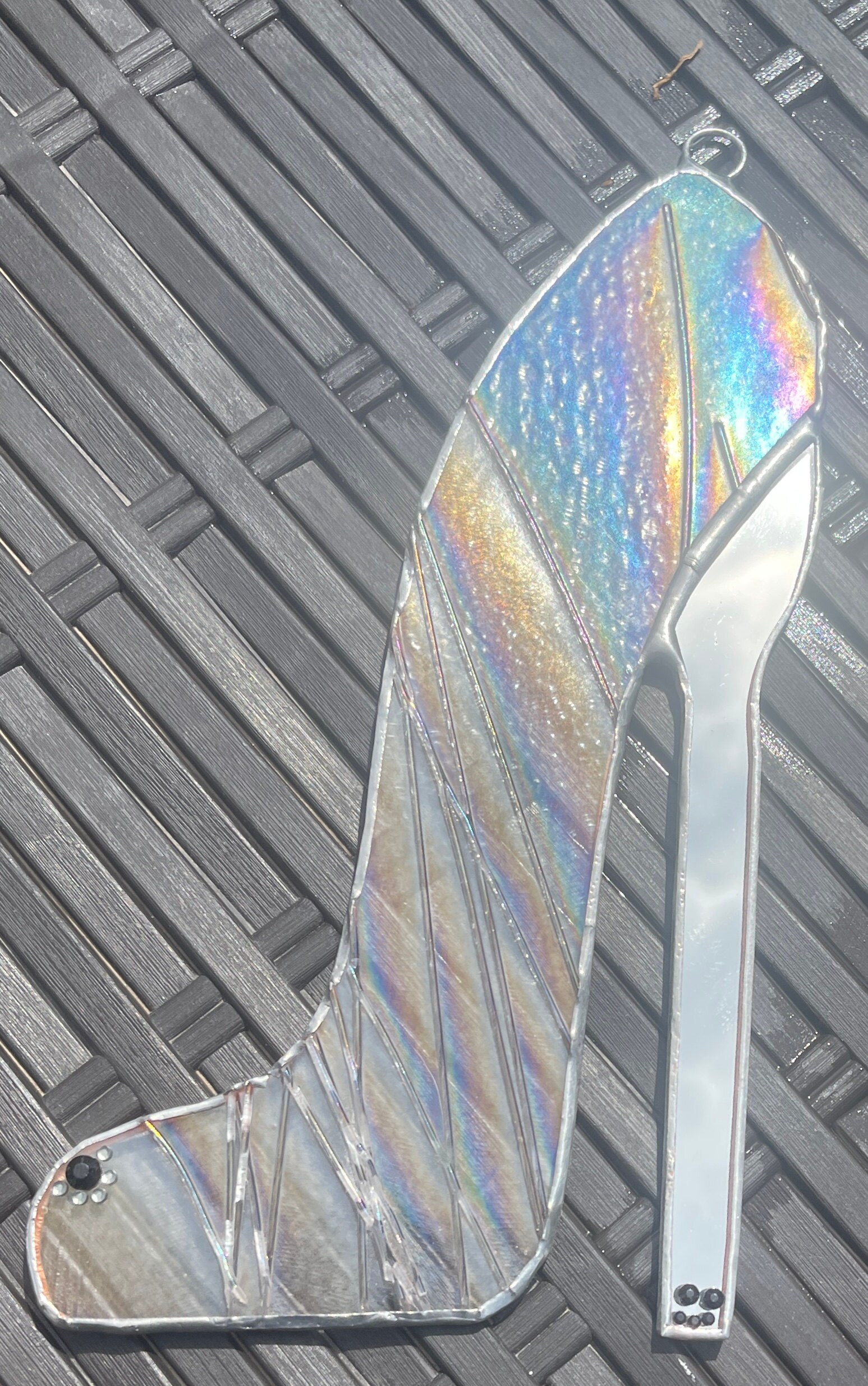Introduction
In the fast-paced and often chaotic world we live in, stress has become an all-too-familiar companion for many. Coping with stress is essential for maintaining overall well-being, and one of the most effective and enjoyable ways to find relief is through art. Engaging in creative activities not only taps into the depths of our imagination but also serves as a powerful stress reliever. In this article, we will explore the therapeutic benefits of art, how it can alleviate stress, and why you should consider making art a regular part of your life.
1. Art as an Outlet for Emotions
Art provides a safe and non-judgmental space for individuals to express their emotions freely. When we are stressed, emotions can become overwhelming and difficult to articulate through conventional means. Engaging in art, be it painting, drawing, sculpting, or any other medium, enables us to externalize our inner thoughts and feelings. The act of creation itself becomes a cathartic process, allowing us to release pent-up emotions, leading to a sense of relief and relaxation.
2. Mindfulness and Flow
Creating art demands focus and presence, drawing our attention away from stressors and anxieties of daily life. This immersion in the creative process often leads to a state of mindfulness, where worries about the past or future fade away, and the present moment takes center stage. Additionally, artists often experience a psychological state called "flow," characterized by complete absorption in the activity. Flow is known to bring a sense of joy and contentment, offering respite from stress and its detrimental effects.
3. Art as a Distraction
Art serves as a productive distraction from the pressures and challenges we face. Engaging in a creative project can be a welcome escape from stress, allowing our minds to temporarily shift focus. This break can be rejuvenating, giving us the mental space needed to return to our problems with a fresh perspective.
4. Enhancing Self-Esteem and Confidence
Creating art can boost self-esteem and confidence as we see our skills improve over time. Accomplishing creative milestones, no matter how small, can instill a sense of pride and accomplishment. This positive reinforcement contributes to overall emotional well-being and resilience against stress.
5. Art as a Form of Meditation
Art-making can be a meditative practice. Just as meditation promotes relaxation and emotional balance, engaging in art can have similar effects. The rhythmic and repetitive motions involved in creating art, like doodling or coloring, can induce a meditative state, calming the mind and reducing stress.
6. Art Therapy and Professional Support
For individuals dealing with significant stress or trauma, art therapy, led by trained professionals, can be profoundly healing. Art therapists use various art forms to help clients process emotions, explore their thoughts, and work through their stressors in a supportive environment. Art therapy is an effective tool for those who may find it difficult to express themselves through conventional talk therapy.
Conclusion
In conclusion, art is a versatile and accessible stress reliever with the power to improve our emotional well-being and overall quality of life. Whether you are a seasoned artist or just starting, incorporating creative activities into your routine can significantly benefit your mental health. So, don't hesitate to pick up a paintbrush, sketchbook, or any artistic tool that sparks your interest. Embrace the healing power of art, and let your imagination guide you to a more stress-free and fulfilling life.
